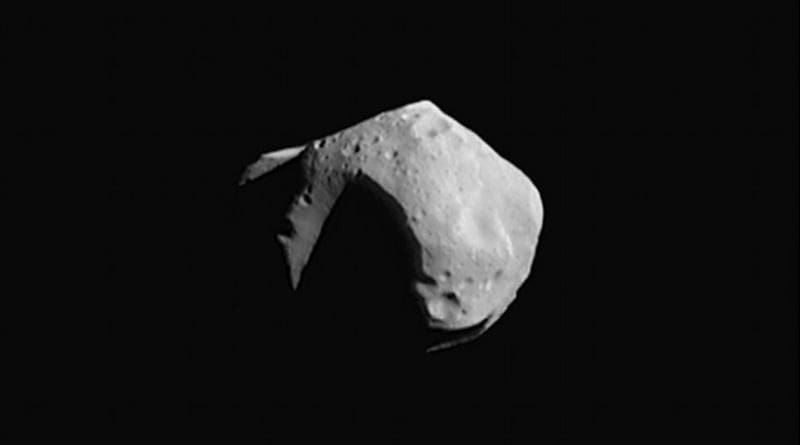Protecting Earth From Space Impact Threats
Scientists cannot say when the next major asteroid will hit Earth, but it is certain that it will happen sometime in the future. An international collaboration of 13 researchers is hoping to head the next one off.
The project is appropriately called ‘A global approach to near-Earth object (NEO) impact threat mitigation’ (NEOSHIELD). It is a major EU-funded initiative that pulls together all the latest science and combines laboratory experiments with computer modelling work. The ultimate aim of this effort is to develop some definitive plan to knock massive asteroids out of their Earth-bound orbit.
Asteroids approaching our planet travel at up to 30 kilometres per second. At that speed, a body with a diameter of only 100 m, could have major consequences for our civilisation. The much smaller asteroid that exploded in 2013 at a height of about 24 kilometres near the city of Chelyabinsk, Russia, with a force nearly 30 times more powerful than the Hiroshima atomic bomb damaged buildings and injured over 1 000 people.
There are thousands of known NEOs just like that one, leading researchers to posit that a dangerous collision could occur as often as every few hundred years. However, it is possible to stop an asteroid from hitting Earth. The NEOSHIELD scientists and engineers are evaluating promising methods for asteroid deflection, which may simply mean providing a nudge in the right place at the right time.
One way to do this is to have a spacecraft impact the asteroid and impart enough force to change its orbit. NEOSHIELD researchers are working on finding ways to guide the spacecraft to the moving target at the right angle with the right velocity. Another way is to use the spacecraft’s gravitational pull to tow the asteroid into a different orbit. If the asteroid is far away, a tiny tug could be sufficient to cause the asteroid to miss the Earth.
The most powerful but least appealing technique explored during the NEOSHIELD project relies on explosive power to divert or break up the Earth-bound asteroid. However, breaking up a large asteroid could be disastrous if it were to result in the Earth being showered by many large fragments, instead of impacted by one solid piece. NEOSHIELD scientists use data from asteroid observations, lab experiments, and computer simulations, to find ways to best protect Earth from future devastating impacts.
At the end of the project, the NEOSHIELD researchers will provide detailed space-mission plans, which could form the basis of a proposal to national and international space agencies for a mission to demonstrate the necessary technology.
Source: CORDIS

